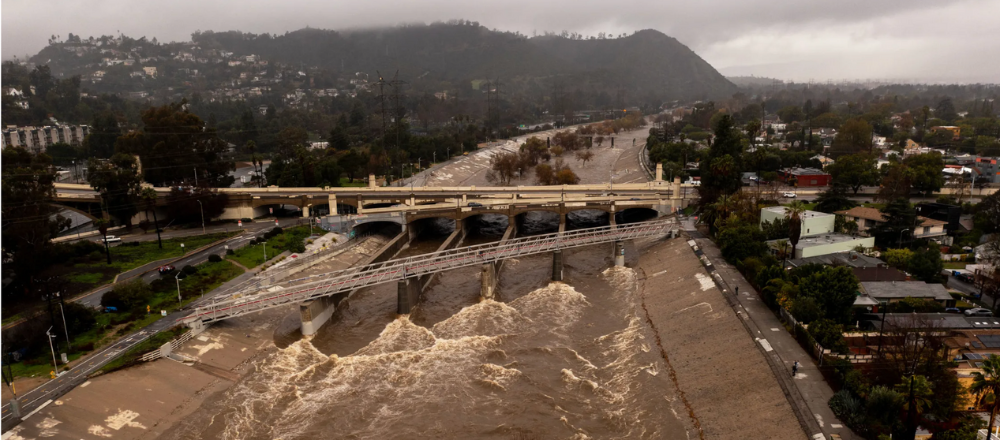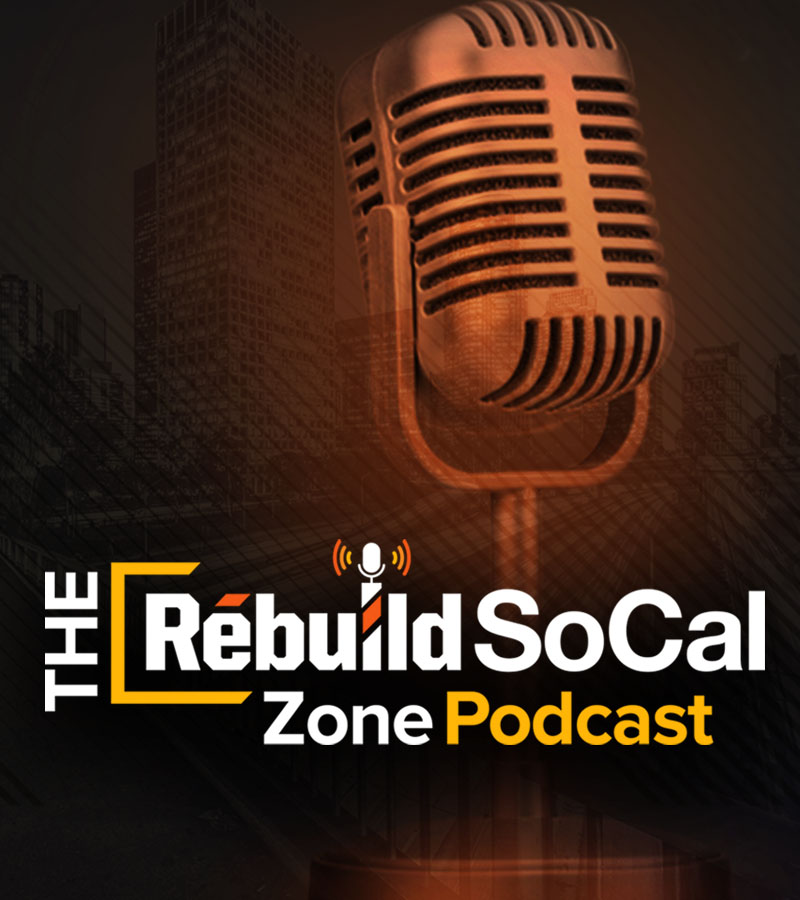In recognition of Earth Day, we thought it pertinent to take a deeper look into the critical relationship between weather and infrastructure. After an extremely wet winter, record amounts of accumulating rainfall, and a historic snowpack, Southern California infrastructure systems were tested more than ever before.
Since the start of 2023, rainfall has been excessive throughout most regions of Southern California. Some areas have already received over 400% more than typical. Over the last few months, we have seen how these precipitation trends placed a large stress on infrastructure. From dam debris buildups to roadway damage, Los Angeles County has tallied over $100 million in city repairs due to winter storms.
Unfortunately, these already weakened systems are soon to be under duress. With record amounts of snowpacks – 249% of normal across the state – comes record flood potential. When snowpack melts and makes its way downstream to rural, suburban, and city areas, the only mitigating flood control system we have is the same one we have seen fail to control recent rainfall. In fact, because current infrastructure is not designed to handle such large quantities of water, flood risks in some areas are said to be a danger throughout the entire year. San Joaquin River basin, and the subsequent San Joaquin Valley, are particularly concerning to officials.
It is quite clear that our existing infrastructure systems are not adequate to combat recent weather trends and that these failings are likely to be seen even further in the coming months. The solution? Fully funding critical infrastructure projects, especially those that support water reclamation and storage.
Rebuild SoCal Partnership provides information about other construction projects affecting Southern California communities. Keep up-to-date on essential infrastructure issues by signing up for the Rebuild SoCal Partnership newsletter. Follow us on Facebook, Twitter, and Instagram, and listen to The Rebuild SoCal Zone podcast.

